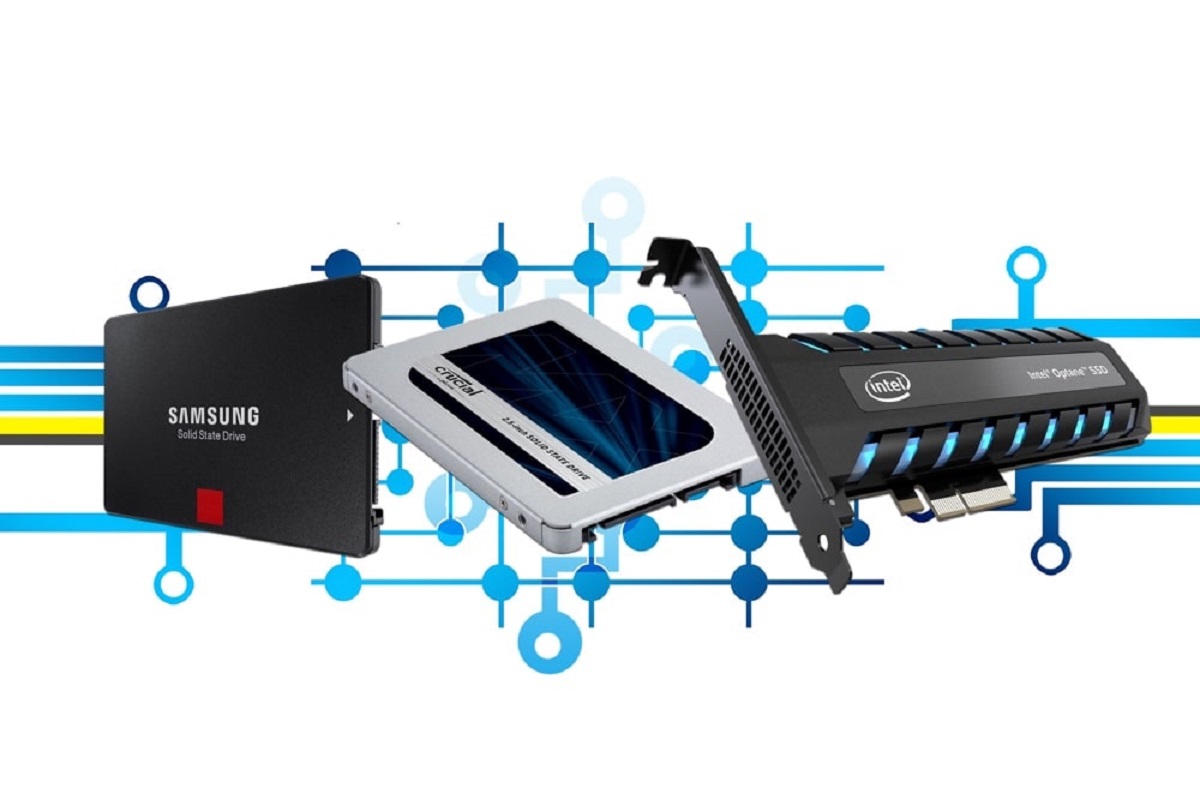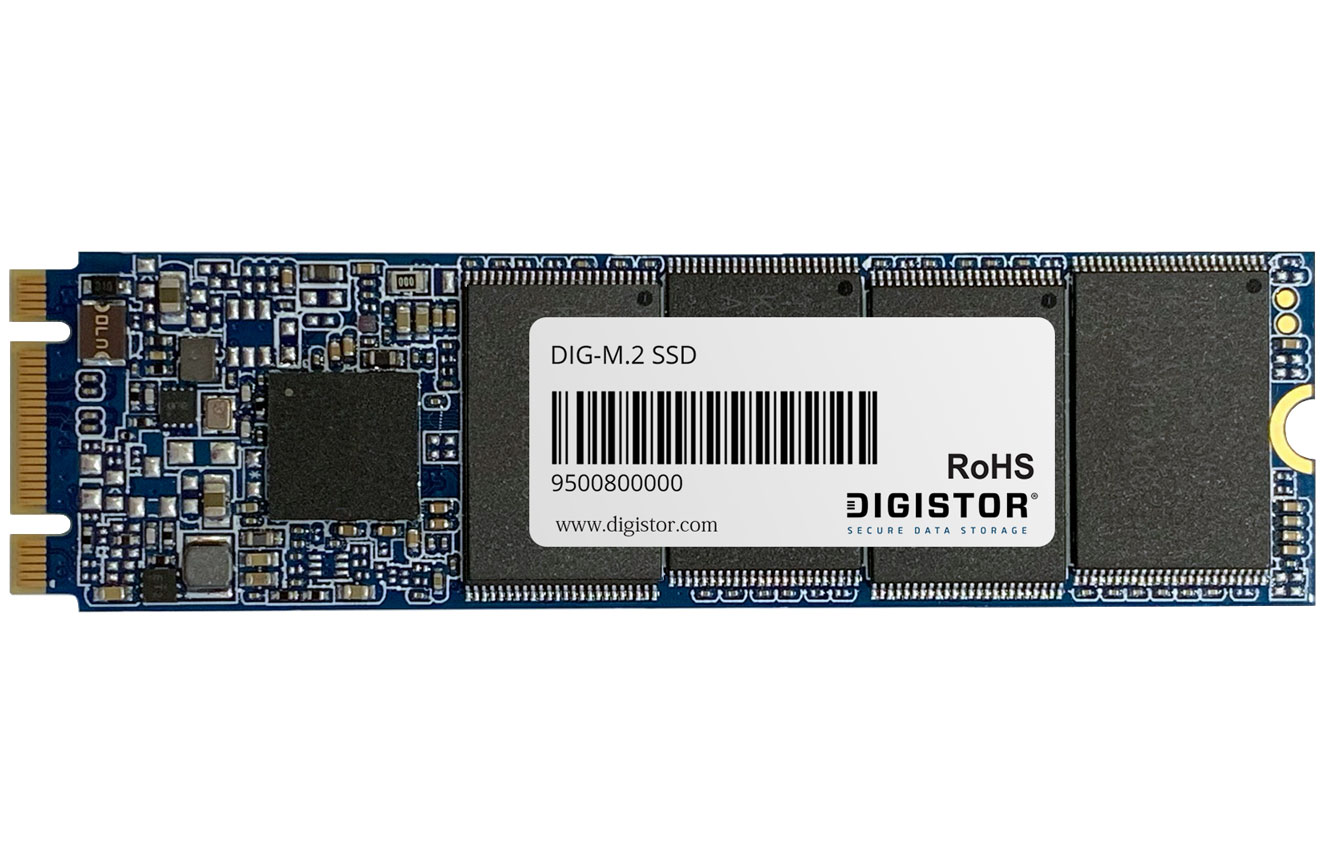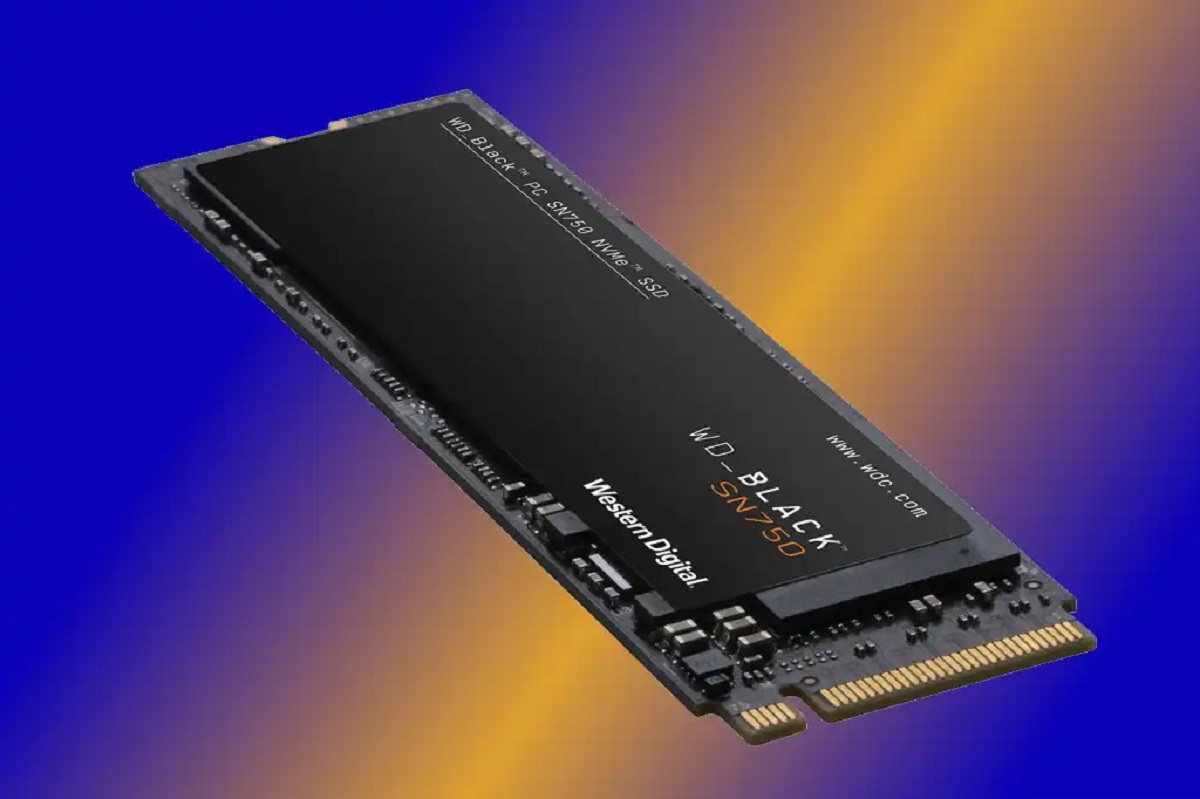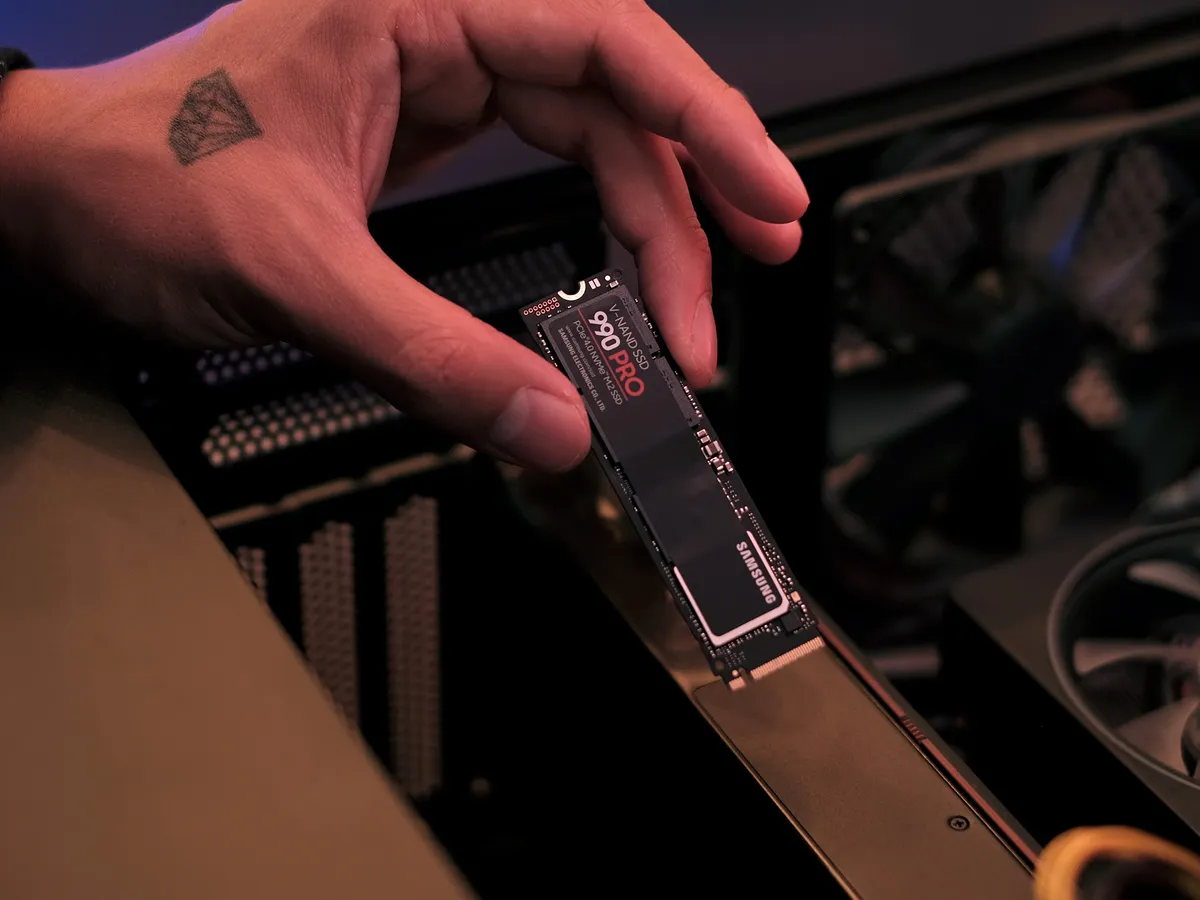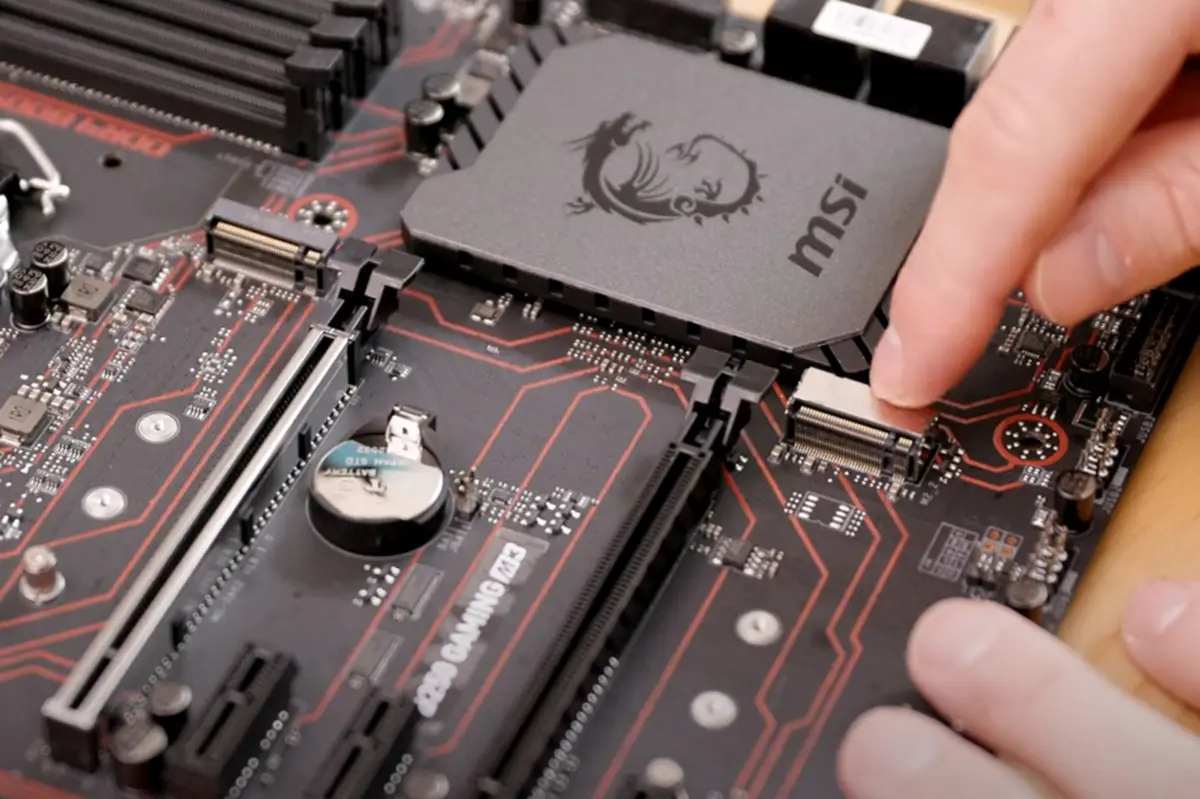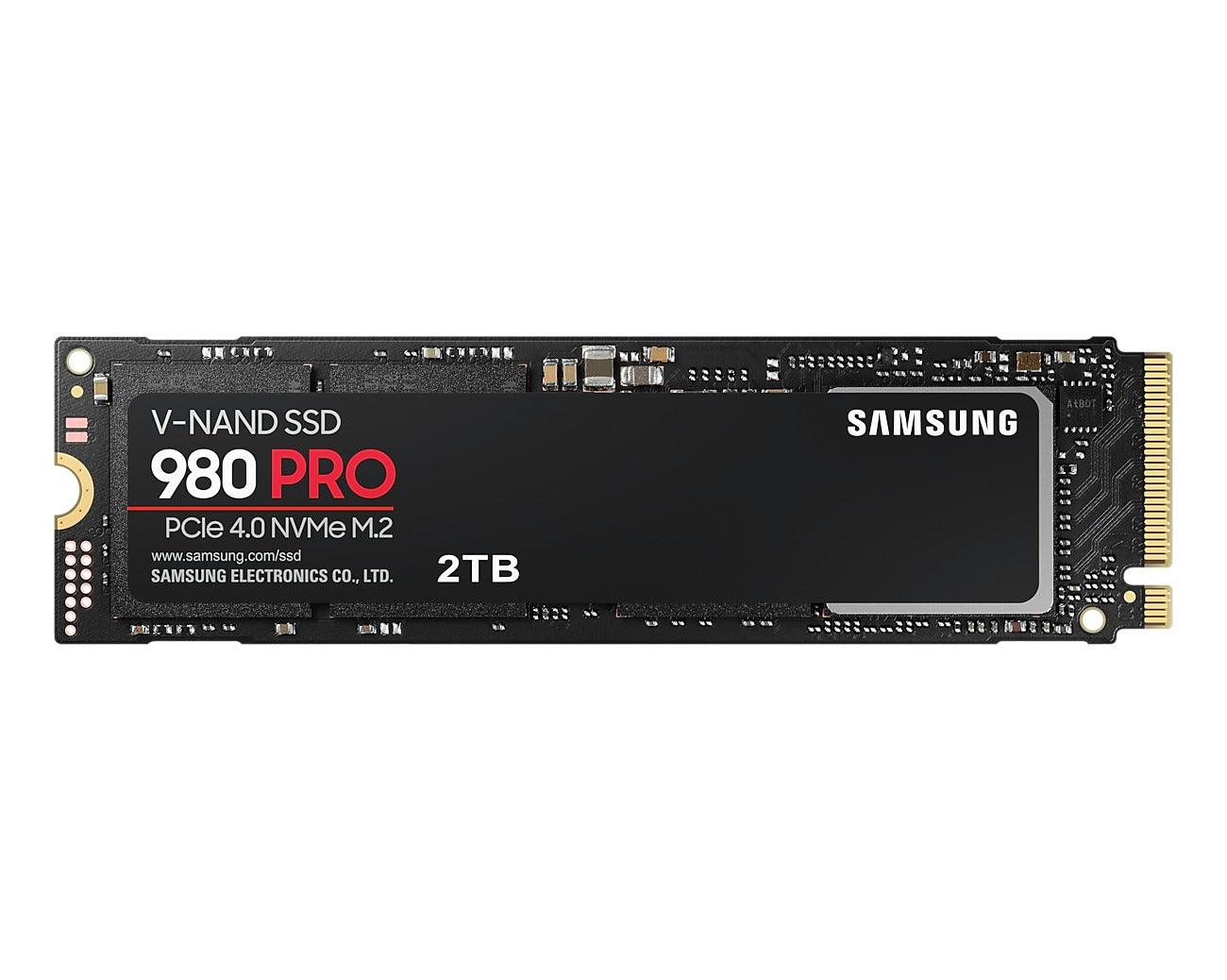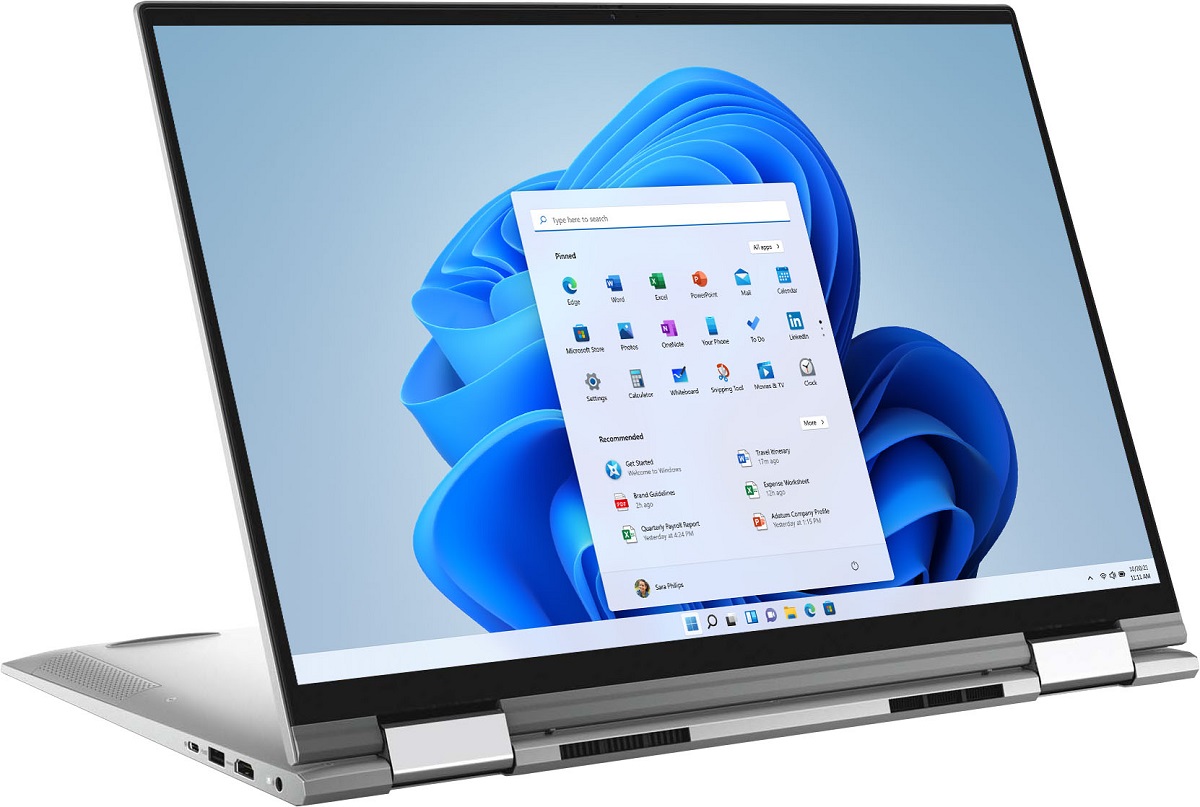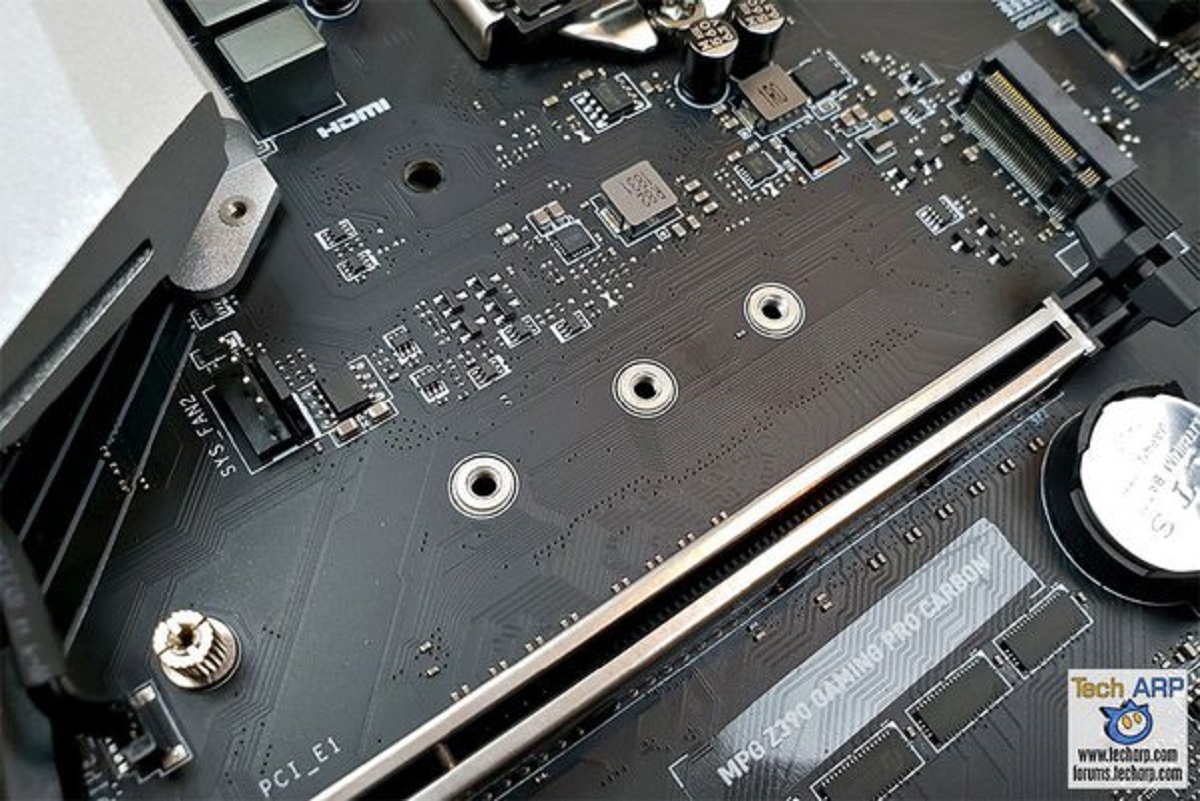Introduction
Solid State Drives (SSDs) and Non-Volatile Memory Express (NVMe) are two terms that you may have come across when researching storage solutions for your computer or server. These technologies have revolutionized the storage industry, delivering exceptional performance and faster data transfer speeds compared to traditional hard disk drives (HDDs). But what exactly are SSDs and NVMe, and what sets them apart from each other?
A solid-state drive, commonly known as an SSD, is a storage device that uses solid-state memory to store and retrieve data. Unlike traditional HDDs, which use spinning disks and mechanical read/write heads, SSDs rely on flash memory technology. This means that SSDs have no moving parts, making them more reliable, less prone to physical damage, and faster in both read and write operations.
NVMe, on the other hand, stands for Non-Volatile Memory Express. It is a communication interface protocol designed specifically for SSDs to maximize their performance potential. NVMe allows the SSD to directly connect to the computer’s PCIe (Peripheral Component Interconnect Express) bus, bypassing the traditional SATA (Serial ATA) interface used by most storage devices. This results in significantly faster data transfer rates and reduced latency, unleashing the full potential of SSDs.
Now that we have a basic understanding of SSDs and NVMe, let’s delve into the key differences between the two technologies. Understanding these differences will help you make an informed decision when it comes to choosing the right storage solution for your needs.
What is SSD?
SSD, short for Solid State Drive, is a type of storage device that has gained immense popularity in recent years. Unlike traditional hard disk drives (HDDs), which rely on spinning disks and mechanical read/write heads, SSDs use flash memory technology to store and retrieve data. This means that SSDs are essentially large, super-fast versions of USB flash drives.
The primary advantage of SSDs over HDDs is speed. Since SSDs have no moving parts, they can access data much faster than their HDD counterparts. This results in significantly reduced boot times, faster application launches, and swift file transfers. With an SSD, you can experience snappy and responsive performance, making your computer feel more fluid and efficient.
In addition to speed, SSDs also offer other benefits. One of the main advantages is their durability. Since SSDs don’t have any moving parts, they are more resistant to physical shocks and vibrations, making them ideal for laptops and portable devices. They are also more reliable in the long run, as the absence of mechanical components means fewer chances of failure.
Another benefit of SSDs is their energy efficiency. Compared to HDDs, SSDs require less power to operate. This not only translates to longer battery life for laptops but also reduced electricity bills for desktop computers and servers.
The capacity of SSDs has also significantly increased over the years, providing ample storage for a wide range of needs. From compact SSDs for laptops and ultrabooks to high-capacity SSDs for data centers and enterprise-level storage solutions, there are options available to suit different requirements.
In summary, SSDs are a modern storage solution that offers exceptional speed, durability, reliability, energy efficiency, and ample storage capacity. Their flash memory technology and lack of moving parts make them a superior choice over traditional HDDs. As technology continues to advance, the popularity and accessibility of SSDs are expected to grow, leading to even more affordable and faster storage options for consumers and businesses alike.
What is NVMe?
NVMe, which stands for Non-Volatile Memory Express, is a communication interface protocol designed specifically for SSDs. It offers a high-performance solution that maximizes the capabilities of modern solid-state drives. NVMe allows the SSD to connect directly to the computer’s PCIe (Peripheral Component Interconnect Express) bus, bypassing the traditional SATA (Serial ATA) interface used by most storage devices.
The primary purpose of NVMe is to unlock the full potential of SSDs by reducing latency and increasing data transfer speeds. By utilizing the PCIe bus, NVMe significantly improves the efficiency of data processing and storage operations. This means faster read and write speeds, quicker access to data, and reduced response times.
One of the key features of NVMe is its ability to handle a large number of input/output operations per second (IOPS). Traditional storage interfaces like SATA can become a bottleneck when it comes to handling high IOPS workloads. NVMe, on the other hand, is designed to handle heavy workloads efficiently, making it ideal for tasks such as virtualization, database management, and high-performance computing.
NVMe is also optimized for low latency, making it a valuable asset in reducing the time it takes to access data. This is crucial for workloads that demand quick response times, such as gaming, video editing, and data-intensive applications. With NVMe, processing tasks that require rapid data access can be performed more efficiently, resulting in improved performance.
Furthermore, NVMe is not limited to traditional SSD form factors. It can also be utilized in other storage devices, such as NVMe over Fabrics (NVMe-oF). NVMe-oF enables the use of NVMe drives across a network, making it possible to create distributed storage systems with high-speed access to data.
Overall, NVMe is a game-changer in the world of storage technology. Its ability to leverage the PCIe interface and its focus on high IOPS, low latency, and efficient data processing make it an excellent choice for demanding workloads. As the demand for faster and more efficient storage solutions continues to rise, NVMe is set to become the standard for high-performance storage devices, providing users with lightning-fast access to their data.
Key Differences between SSD and NVMe
Solid State Drives (SSDs) and Non-Volatile Memory Express (NVMe) are both storage technologies, but they have some key differences that set them apart from each other. Understanding these differences can help you determine which technology is best suited for your specific needs. Here are the key differences between SSD and NVMe:
1. Interface: The main difference between SSD and NVMe lies in their interface. SSDs use the Serial ATA (SATA) interface, which has been the standard for connecting storage devices for many years. On the other hand, NVMe is a protocol that allows SSDs to connect directly to the computer’s PCIe (Peripheral Component Interconnect Express) bus, bypassing the limitations of SATA. This direct connection enables NVMe to achieve significantly faster data transfer speeds and lower latency compared to SSDs.
2. Speed: As mentioned, NVMe offers faster data transfer speeds compared to SSDs. While SSDs can deliver impressive performance improvements over traditional hard disk drives (HDDs), NVMe takes it to the next level. With NVMe, you can expect even faster boot times, quicker application launches, and swift file transfers. This speed advantage makes NVMe ideal for tasks that require high-speed data access, such as gaming, video editing, and data-intensive applications.
3. Performance: NVMe not only offers faster speed but also provides better overall performance compared to SSDs. The direct connection to the PCIe bus allows NVMe to handle a larger number of input/output operations per second (IOPS), resulting in more efficient data processing. This increased performance is especially beneficial for workloads that involve heavy data operations, such as virtualization and database management.
4. Compatibility: While SSDs are widely compatible with various systems and devices, NVMe might require specific hardware and software support. NVMe drives require a motherboard with built-in NVMe support and an operating system that can fully utilize its capabilities. It is essential to ensure that your system is compatible with NVMe before purchasing an NVMe drive.
5. Price: SSDs are generally more affordable compared to NVMe drives. The advanced technology and faster performance of NVMe come at a higher cost. If budget is a significant consideration, SSDs might be a more economical choice while still providing a solid improvement over traditional HDDs.
In summary, SSDs and NVMe offer significant upgrades over traditional HDDs in terms of speed, performance, and reliability. While SSDs are an excellent choice for most users, NVMe takes storage technology to the next level with its direct connection to the PCIe bus, delivering even faster data transfer speeds and superior performance. However, NVMe drives are often more expensive and require specific system compatibility. Consider your budget, performance needs, and system requirements when deciding between SSD and NVMe for optimal storage solutions.









